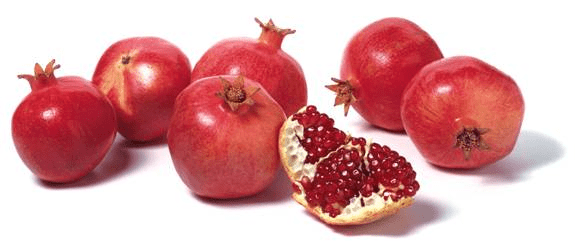Miracle Fruit, Miracle Berry. Origin from Tropical west Africa. Coming from hot, wet tropical lowlands, the plant is intolerant of frost and should be considered a container plant except in southern Florida and Hawaii. Older plants can survive a light frost but it is best to avoid it if possible. Miracle fruit is a marvelous conversation plant that does well in a container. Outdoors it is said to do best in partial shade.
The miracle fruit, with the scientific name Synsepalum dulcificum was first discovered in West Africa during the 1700’s by a French explorer named Chevalier de Marchais. What’s so amazing about these small red berries was that after you chew some of them, other sour or bitter foods you eat will taste very sweet. Synsepalum was found to be rich in a unique protein called miraculin, which was derived from its common name of miracle berry. Miraculin has the ability to transform flavor receptors on the taste buds, so other tastes that come in contact with the tongue are identified as sweet.
Benefits of Miracle Fruit
Eating a Miracle Fruit will be the strangest gustatory experience you will ever have in your life. Many people are still unaware of this rare fruit and the effect it could have on enhancing the quality of their life.
Miracle fruit is a great sweet substitute for dieters and diabetics. This is NOT an artificial sweetener and it has been proven to be absolutely safe. Sugar and artificial sweeteners are not food and they certainly have a potential of causing negative side effects. Miracle Fruit is a natural, healthy and totally harmless alternative to sugar and sweeteners. It is extremely safe to eat and it is a perfect substitute for avoiding sugar. The Miracle Fruit definitely has a practical use in everyday and a new way to improve our diets and health.

